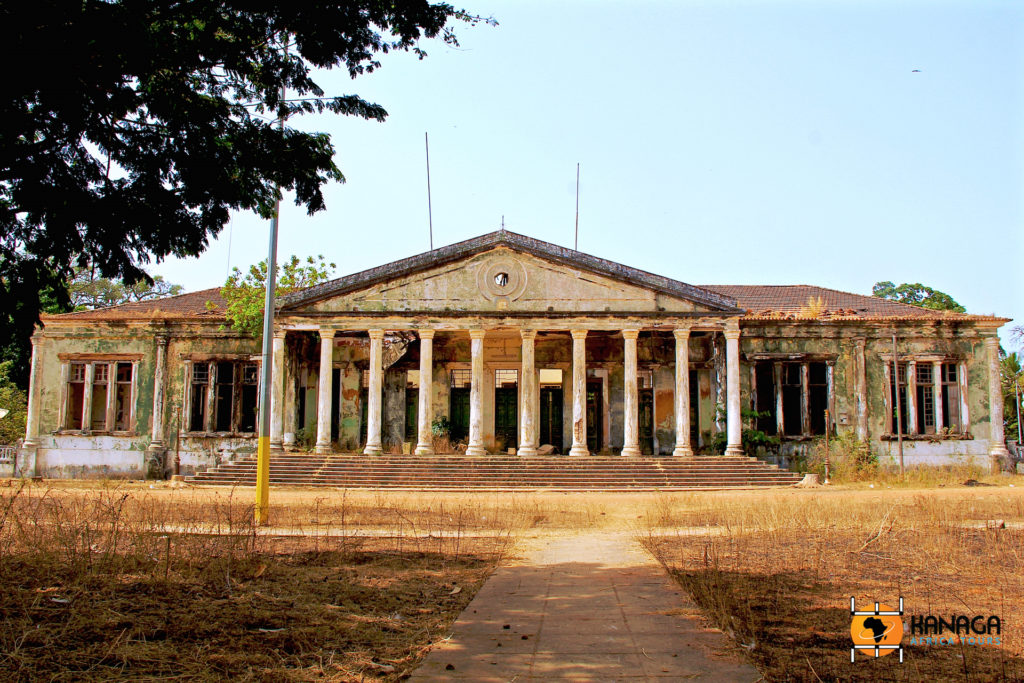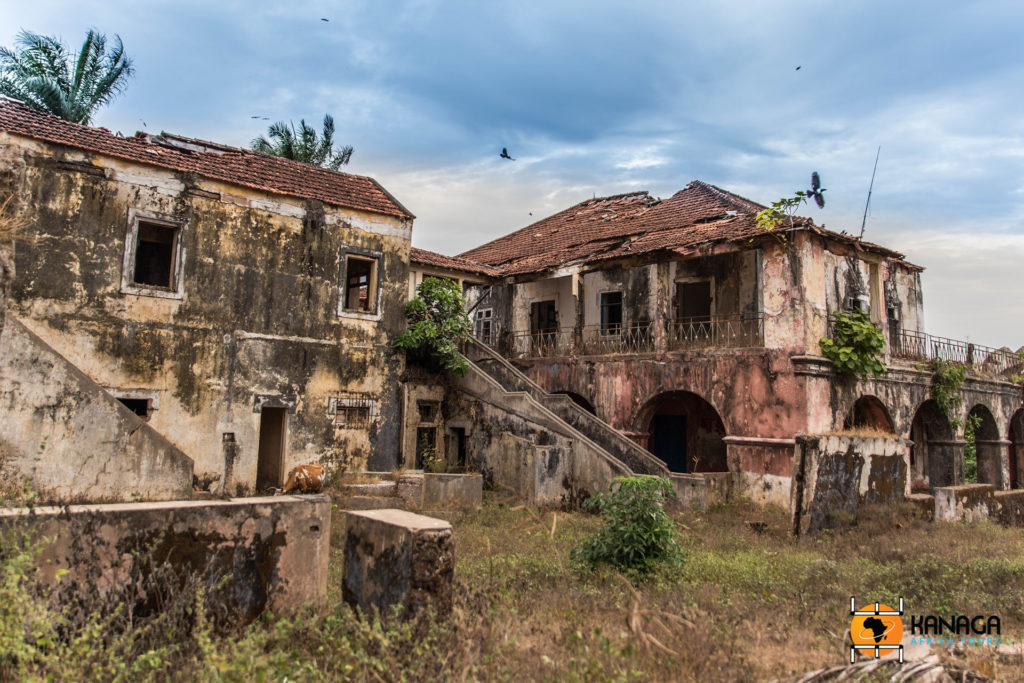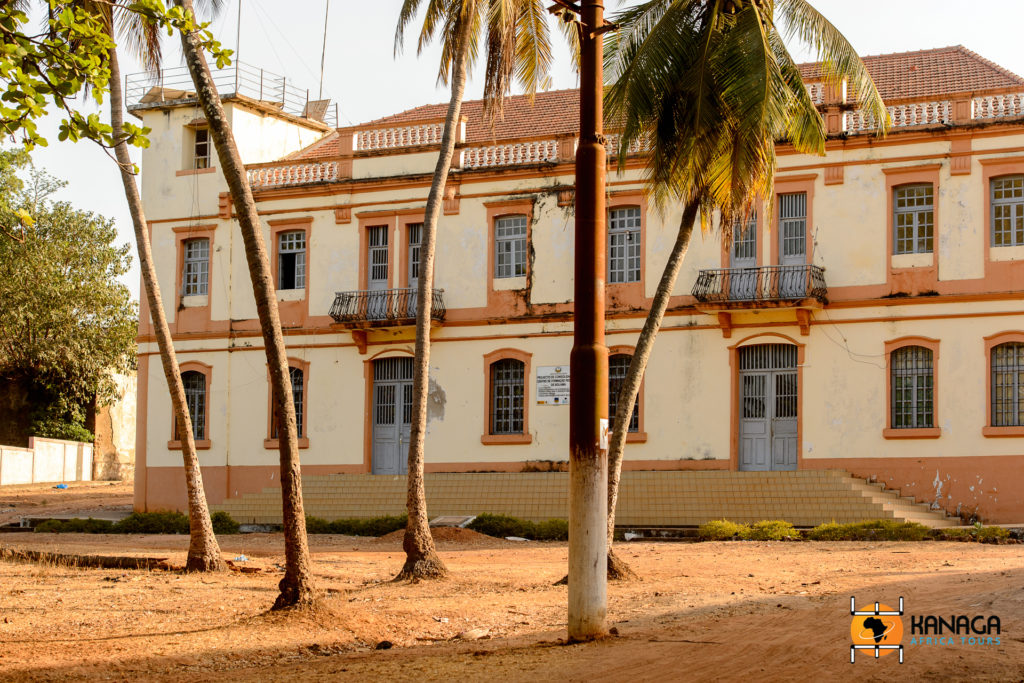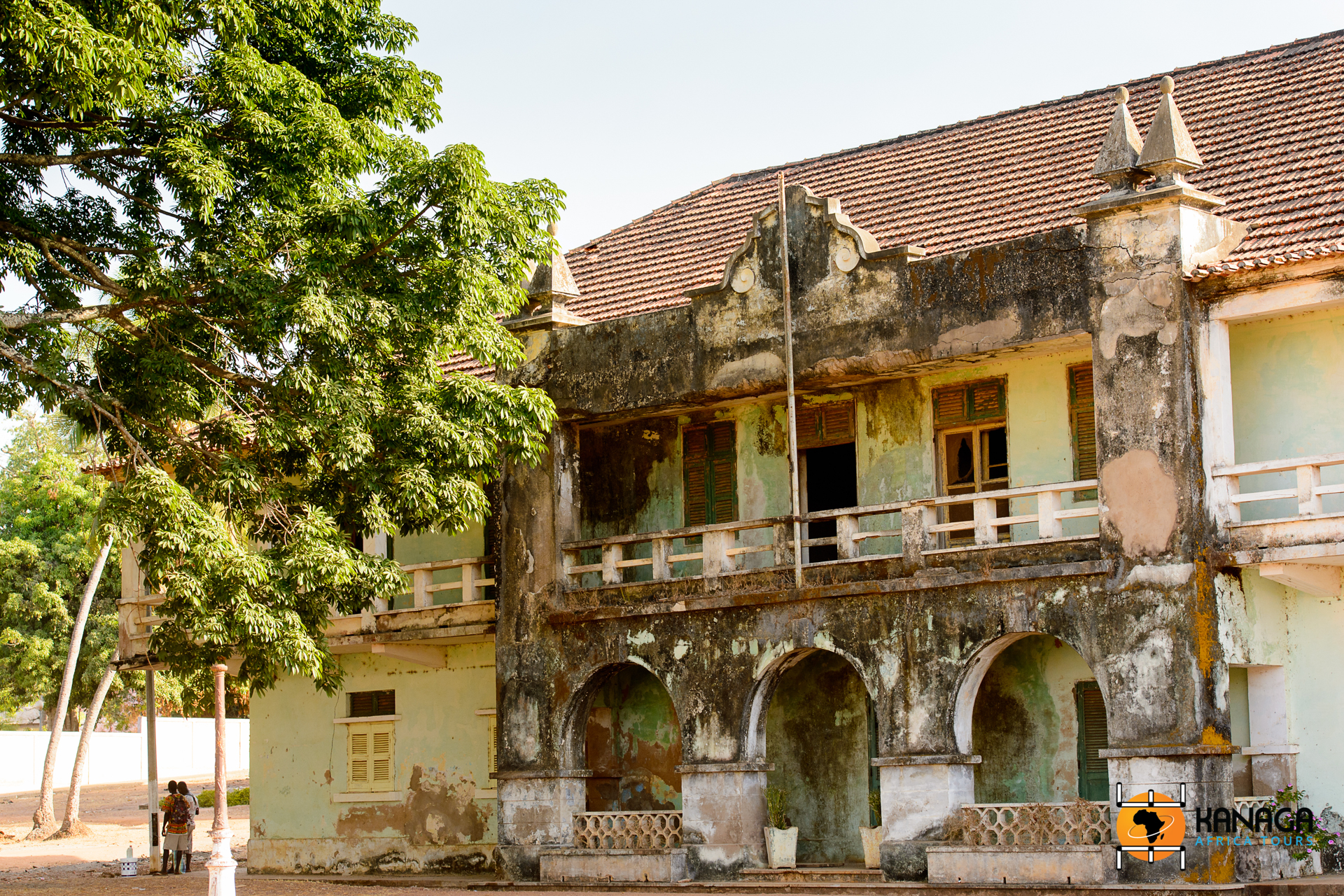Bissau, while maintaining an evident Portuguese colonial imprint in the pastel architectures and azulejos of the old town, is a typical African capital, in its cheerful and lively atmosphere and its main, chaotic and busy arteries.
It overlooks the huge estuary of the Rio Geba and owes its importance to the commercial port of Pidjiguiti, a fundamental crossroads for the entire country and a symbol of the revolution that led to independence in 1974.
Between the checkerboard streets of the city and the main markets, the bustling of white-roofed blue benz-benz taxis and toca-toca collective minibuses, the rumbling and the music of the vervenas are common. Here Cana is drunk, grilled fish and meat are eaten and danced until dawn.
The historic Portuguese fortress of Amura of the eighteenth century, overlooks the old city and the port, while at its feet there are buildings and views that take you back to a later time, to the last phase of a past not always rosy colonial, unlike the pastel shade of the walls and climbing bougainvillea. Yet the city retains a serenity and decoration that goes beyond its sad past or the current decline of architecture. It is pleasant to walk through the streets of the old quarter, within the walls of the fortress, the neo-Romanesque cathedral of the 1940s, focusing on the monuments symbolizing the Revolution, observing the old galleries of wood, reaching the small Central Market and possibly savoring a very sweet pineapple just peeled.
Bissau shares his colonial memory with Bolama, who was the capital of Portuguese Guinea well seventy years earlier. It is since 1870 that the most representative architectural works of the colonial administration were built here, on pre-existing buildings attributable to an earlier English occupation. Most of these are now in a state of total abandonment and are in danger of falling inexorably. From the English telegraph and hospital, of which the iron skeletons remain, evidence of the Anglo-Saxon Industrial Revolution, to the first Portuguese houses and warehouses of the late 1800s with their characteristic balconies in wood and sloping roofs; from the ancient Governor’s Palace to the monumental Neoclassical Municipal Palace of 1919, a tribute to the White House in Washington; from the Church of Sao José built in 1871, at the War Memorial of the transatlantic air crossing, which left Rome and bound for Rio de Janeiro, was supposed to stop in Bolama in January 1931, and in which they lost their lives as a result of an accident, some Italian aviators; from cinema to military barracks and diplomatic offices of various European powers. In Bolama, everything tells us about history, and memory, however painful, should never be dropped into oblivion.







